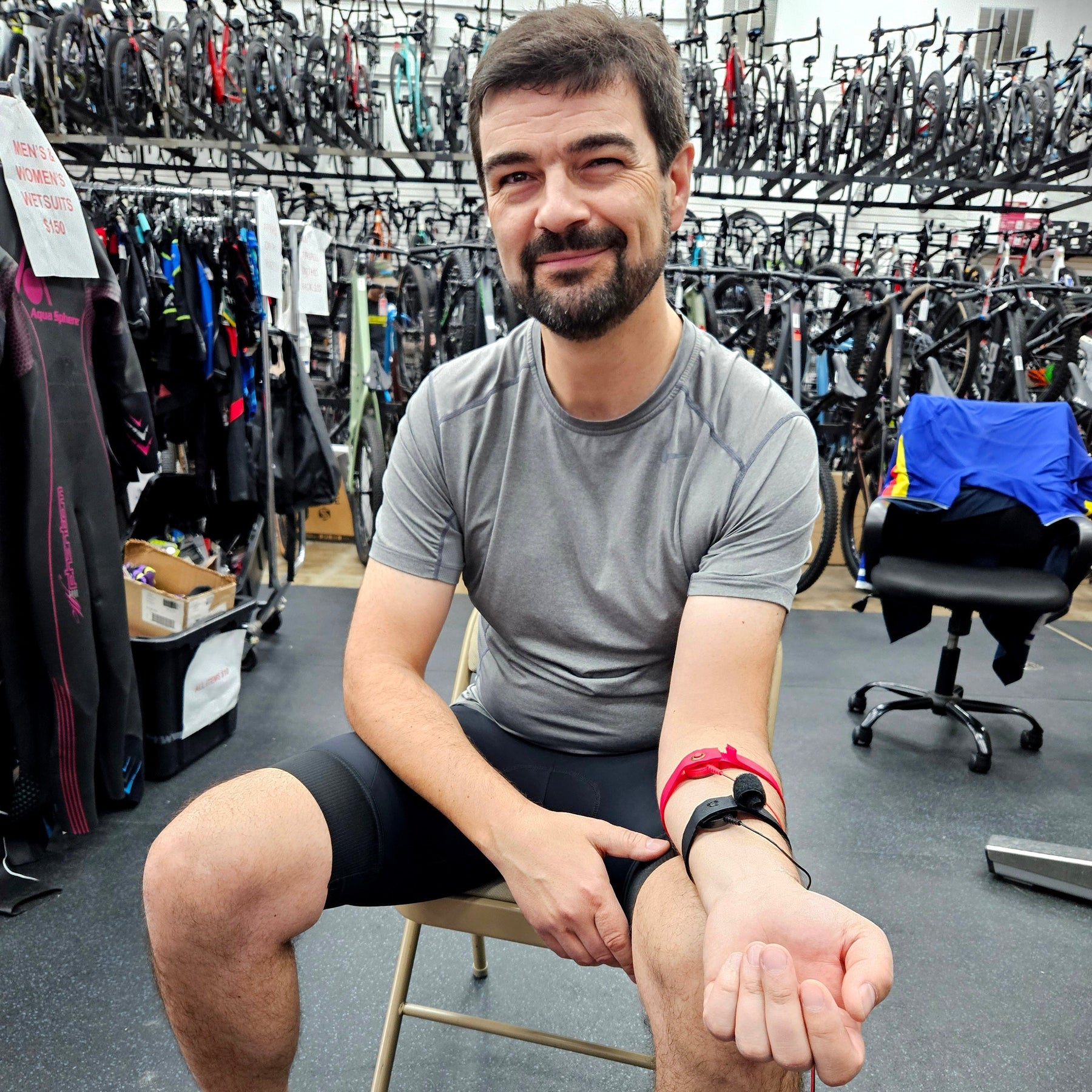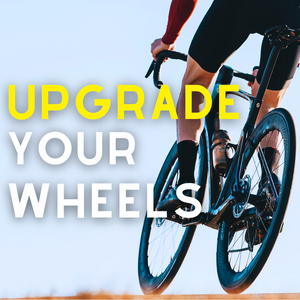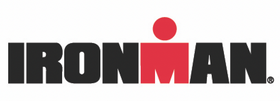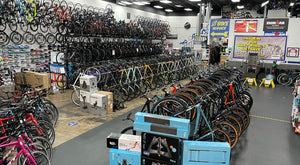
How to Plan Hydration for Your Race
If you are planning to race this year, then it is beneficial to have a hydration strategy figured out before race day no matter the distance. The analogy I like to use when talking about the importance of hydration is camping: the longer the camping trip or the more wilderness oriented the camping is, the more you have to have things figured out. The same is true for hydration in triathlon. For a super sprint tri, you could probably complete it somewhat comfortably without giving your hydration strategy much thought, but if you are racing longer or in heat, humidity, or at altitude, your hydration strategy becomes much more important.
To help you craft a hydration strategy, here is what I encourage my athletes to do. 1) Do an Advanced Sweat Test at Playtri; and 2) do multiple sweat rate tests at home in various training conditions. The first will determine how much sodium you lose in 32 oz of sweat while the second will let you know how much you sweat in various weather conditions and intensities.
The best and simplest way to learn how much sodium you lose while sweating is to do an Advanced Sweat Test at Playtri. As sweaty as an Advanced Sweat Test may sound, it is the easiest performance test for the athlete that we administer. The test takes approximately 45 minutes and you spend all that time sitting in a chair while the tester does all the work. The test results will show you the amount of sodium you lose in 32 oz of sweat and give you a personalized hydration plan with specific sodium intake recommendations for 32 oz of water. We highly recommend this test for all athletes pursuing health or performance, and especially for those pursuing long course or competitive short course goals.
Determining your sweat rate, however, is a bit more involved and a bit sweatier. While your sodium loss remains constant, your sweat rate will vary depending upon intensity, temperature, humidity, clothing choices, heat acclimation, etc. Because of this variability, sweat rate testing should be done for all your key workouts and in various conditions throughout the year if you want the results to help you as much as possible on race day. And sweat rate testing is something that we ask all our gold and silver level individual coached athletes to do for their key workouts throughout the year. Here’s how we do sweat rate testing with our athletes.
Before your key workout: track your pre-workout nutrition and hydration and weigh yourself naked after one final trip to the bathroom. Also note the temperature and humidity at the beginning and end of your workout, which will help with your coach’s nutrition & hydration planning for your next race.
During your workout keep track of the amount of water and sodium you consume per hour. And the amount of carb calories your consume per hour. After your workout, towel yourself dry and then weigh yourself naked again. Once my athletes provide me with this information, I use the following formula to determine their hourly sweat rate: (Starting Weight lbs) – (Weight lbs after 1-hour exercise) + (fluids consumed during oz) = sweat loss in ounces per hour.
During my years of coaching, I have seen a wide range of sweat rates amongst individual athletes ranging from 16 ounces per hour to well over 50 ounces per hour. The goal during training and racing is not so much to replace all the sodium and water you lose through sweat, but to manage your dehydration in a sustainable way. While someone losing only 16 ounces of water per hour through sweat may be able to replace all that water, an athlete losing over 50 ounces per hour will not since most people cannot comfortable consume more than 32 ounces of water per hour. Remember: intensity, temperature, humidity, clothing choices, and heat acclimation directly impact your sweat rate.
If you have any questions about anything in this article or are interested in learning about different coaching options, please reach out to me at jim.rowe@playtri.com. Happy training and racing this year!
Jim Rowe is a Playtri Level 5 Coach and Coach Education Lead, a USAT LI Certified Coach, an NASM Certified Personal Trainer, and an Ironman and 70.3 World Championship Qualifier who works with adult athletes who are chasing PRs, moving up to long course racing, or want to qualify for a world championship. Learn more about Jim at www.playtri.com/jim-rowe.



